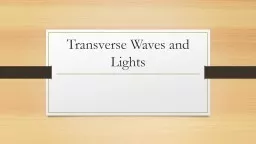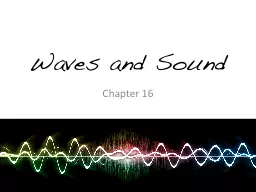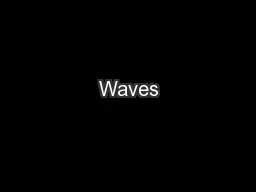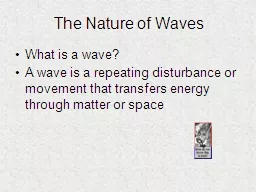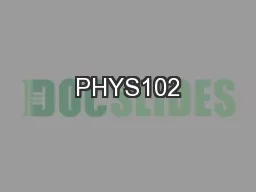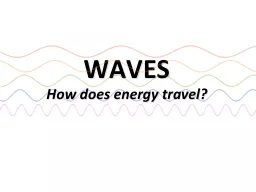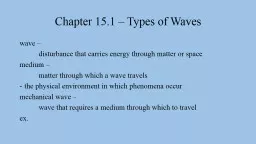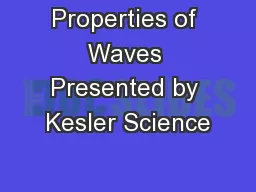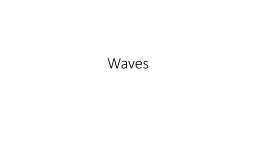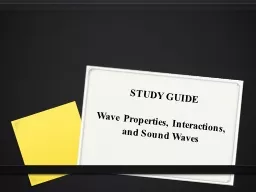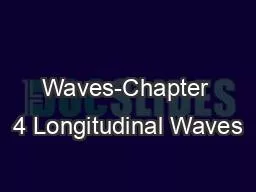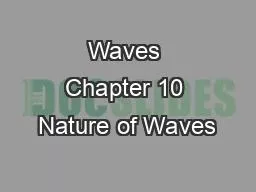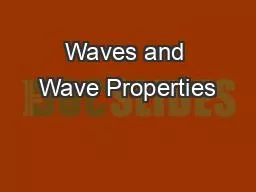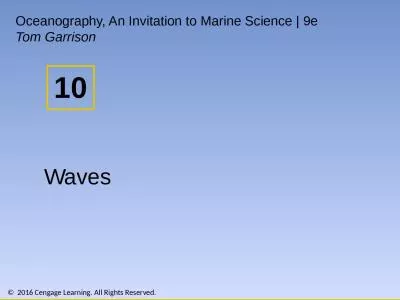PPT-Transverse Waves and Lights
Author : debby-jeon | Published Date : 2017-06-28
Essential Question What is a wavepg 43 Disturbance in matter than transfers energy from one place to another What is the medium of a wave created by people at a
Presentation Embed Code
Download Presentation
Download Presentation The PPT/PDF document "Transverse Waves and Lights" is the property of its rightful owner. Permission is granted to download and print the materials on this website for personal, non-commercial use only, and to display it on your personal computer provided you do not modify the materials and that you retain all copyright notices contained in the materials. By downloading content from our website, you accept the terms of this agreement.
Transverse Waves and Lights: Transcript
Download Rules Of Document
"Transverse Waves and Lights"The content belongs to its owner. You may download and print it for personal use, without modification, and keep all copyright notices. By downloading, you agree to these terms.
Related Documents

